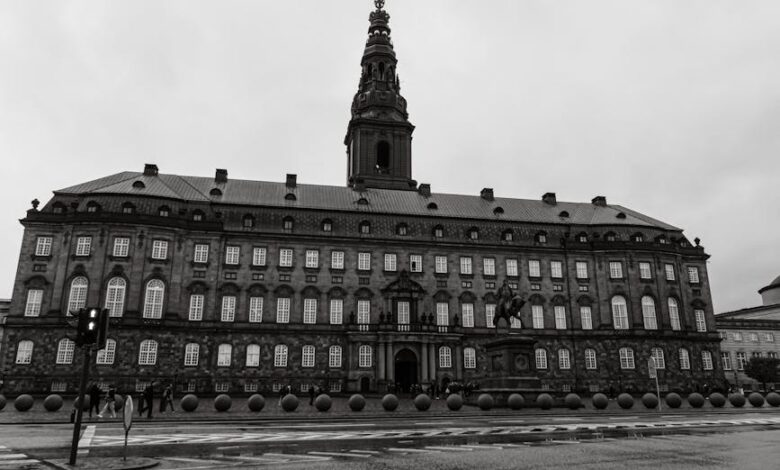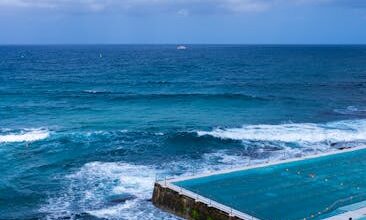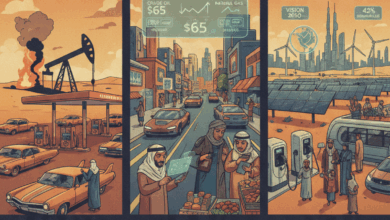Hurricane Melissa: Jamaica Braces for the Storm of the Century

I. The Monster Approaches: What You Need to Know About Hurricane Melissa
A “buzzsaw” is churning in the Caribbean. Hurricane Melissa, currently a Category 4 leviathan and threatening to ascend to Category 5 status, is bearing down on Jamaica. Its eye, a disturbingly perfect circle visible in satellite imagery, hints at the raw power coiled within. This isn’t merely a storm; it’s a concentrated tempest of wind and water.
Melissa is currently located south-southwest of Kingston, Jamaica, its ponderous movement adding to the dread. Landfall is projected for late Monday into early Tuesday, a timeline that offers scant comfort.
What sets Melissa apart isn’t just its intensity. It’s the confluence of factors: its agonizingly slow pace, the explosive intensification fueled by abnormally warm waters, and the chilling prospect of it becoming the most powerful hurricane to directly strike Jamaica in recorded history. This is not hyperbole; it’s a stark assessment of the danger.
II. A Walk Through Time: Jamaica’s History with Hurricanes
Jamaica knows hurricanes. They are etched into the island’s collective memory, a recurring tragedy played out each June to November. But history, while informative, offers little solace when confronted with the unprecedented.
We recall Hurricane Gilbert in 1988, the previous “storm of the century,” a Category 3 maelstrom that inflicted $700 million in damage and claimed 45 lives. It was a benchmark of devastation, one Melissa threatens to shatter. Then there’s the specter of Hurricane Charlie in 1951, Jamaica’s deadliest 20th-century disaster, a Category 3 event that resulted in 152 fatalities. The echoes of earlier cataclysms – the brutal hurricanes of 1722 and 1780 – reverberate through time, a grim reminder of the islands vulnerability.
Here’s the unsettling truth: Jamaica has never experienced a direct landfall from a Category 4 or 5 hurricane since record-keeping began in 1850. Melissa stands poised to obliterate that historical anomaly, ushering in a new, terrifying chapter.
III. The Current Reality: Experts Sound the Alarm, Communities Brace
The language used by meteorological experts is chillingly direct. “Unprecedented” and “catastrophic” are not casually thrown about. Evan Thompson and Jordan McLeod, among others, are painting a dire picture. This isn’t just another storm; this is a force of nature amplified to a terrifying degree.
Consider the “Four Horsemen of Melissa”:
- Torrential Rain: Projections of 15-30 inches, with isolated areas potentially exceeding 40 inches. The storm’s sluggish pace will exacerbate the flooding, turning streets into rivers, and low-lying areas into lakes. We’re talking about flooding measured in feet, not inches.
- Deadly Landslides: Jamaica’s mountainous terrain, so integral to its beauty, becomes a death trap under these conditions. Saturated hillsides will give way, burying homes and communities.
- Life-Threatening Storm Surge: A surge of 9-13 feet along the southern coast, coupled with destructive waves, will inundate coastal communities, erasing the line between land and sea.
- Damaging Winds: Widespread infrastructure damage is inevitable, leaving behind a trail of shattered buildings, downed power lines, and disrupted communication networks, isolating communities and hindering rescue efforts.
The Jamaican government is sounding the alarm. Prime Minister Andrew Holness’s plea to “take this weather threat seriously” is not mere rhetoric; it’s a call to action, a desperate attempt to avert disaster. Minister Desmond McKenzie’s stark pronouncements – “Many of these communities will not survive the flooding. No community in Kingston is immune” and “You cannot bet against Melissa” – are delivered with the weight of grim knowledge.
Mandatory evacuations are underway in vulnerable areas like Kingston and Port Royal. Nearly 900 shelters have been activated. Airports and seaports are shuttered. UNICEF is issuing warnings specifically targeting the safety of children.
Beyond Jamaica, the storm’s reach is already being felt. Haiti and the Dominican Republic have experienced heavy rain, landslides, and fatalities.
IV. The Stormy Debate: Controversies and Climate Connections
While forecasting has advanced significantly, predicting intensity remains an inexact science. Melissa’s rapid intensification and slow, almost erratic movement expose both the strengths and limitations of our current models. Are we truly prepared to anticipate these increasingly volatile events?
The specter of climate change looms large. The “unusually warm sea surface temperatures” in the central Caribbean are not a coincidence. Scientific analysis indicates that human-caused climate change makes such conditions 500-800 times more likely. These warmer waters are, quite literally, fueling Melissa’s intensification. The storm’s sluggish pace mirrors research suggesting that climate change is contributing to slower, rainier hurricanes, reminiscent of the devastating Hurricane Harvey.
It’s crucial to avoid attributing any single event solely to climate change. However, Melissa fits into a disturbing pattern: a trend towards more intense and prolonged hurricanes, a future we must confront.
Then there’s the human element: the insidious spread of misinformation, the complacency bred by “recency bias” (the tendency to downplay risks based on recent experiences with weaker storms). Concerns are mounting about the spread of misinformation via social media. Reports indicate that some residents in vulnerable areas are refusing to evacuate, a decision fraught with peril. The plight of vulnerable populations – children, the elderly, the disabled – demands our utmost attention.
V. Beyond the Eye: What Comes Next and Long-Term Implications
After battering Jamaica, Melissa is projected to track towards eastern Cuba, then the southern Bahamas and Turks and Caicos. Bermuda should be on high alert.
While a direct hit on the US mainland appears unlikely at this time, indirect impacts, such as dangerous rip currents in Florida, are possible. Some residual moisture might even reach as far north as New England.
The aftermath will be brutal. Roads will be blocked, persistent flooding will isolate communities, and long-duration power and communication outages will cripple recovery efforts. The task of rebuilding will be immense.
Historical hurricanes have left lasting scars on GDP, with impacts stretching over decades. What will Melissa mean for Jamaica’s economy and infrastructure?
The existing Office of Disaster Preparedness, established in the wake of the devastating 1979 floods, and the current influx of international aid from organizations like UNICEF, the Red Cross, Mercy Corps, CARE, and IFAW (addressing the needs of animals), underscore the ongoing efforts and the pressing need for resilient infrastructure.
Is Melissa a harbinger of a new era of hurricanes? The 2025 Atlantic season was already predicted to be above normal. Melissa might be a chilling preview of the challenges that lie ahead in a warming world, a world where the unthinkable becomes the new normal.





